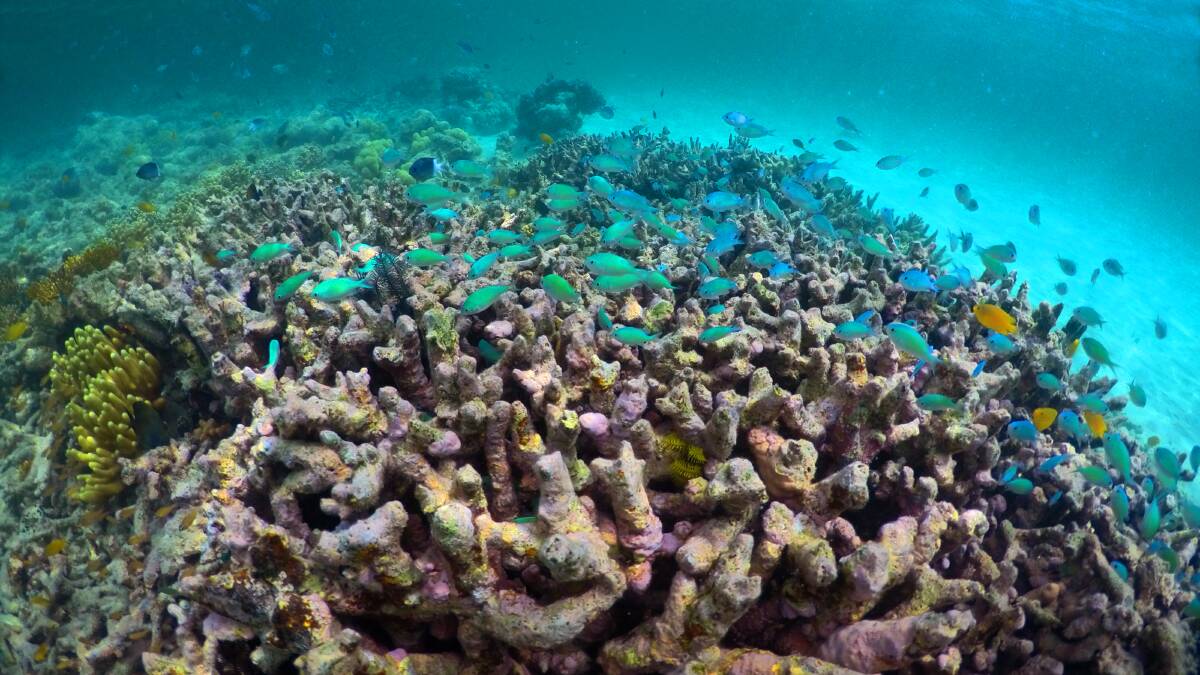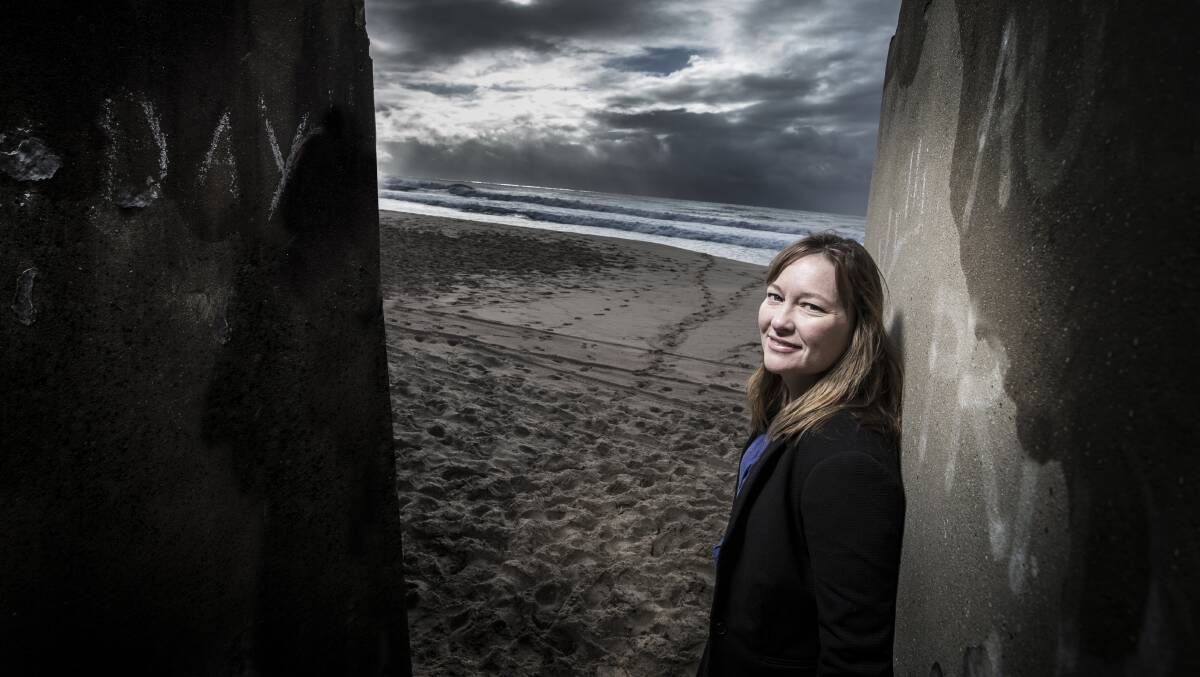
A study led by University of Wollongong scientists has revealed an unprecedented increase in the number of El Ninos that peaked in the central Pacific over the past 30 years compared to the past four centuries.
Subscribe now for unlimited access.
$0/
(min cost $0)
or signup to continue reading
The study published in Nature Geoscience, also discovered that while there have been fewer eastern Pacific El Nino events over the past 30 years - they have been the most intense El Nino events in the record.
The Australian scientists used cores drilled from coral to produce a world-first 400-year record of El Nino events, detecting different types of El Nino and showing that the nature of El Nino events has changed in recent decades.
The research team, which included scientists from the University of Melbourne, UOW, Australian National University and Monash University, teased out the information about past climate from coral cores spanning the Pacific Ocean.
UOW coral and climate change expert Associate Professor Helen McGregor, an ARC Future Fellow from the School of Earth, Atmospheric and Life Sciences, was one of the co-authors of the study.
"What was innovative in our approach was combining the seasonal details from records generated from corals right across the Pacific, exploiting the fact that corals record the local pattern of the broader system," Professor McGregor said.

"The research is based on real-world observations. The study was a genuine collaboration between scientists with different research backgrounds, led by an PhD student, and the science is better for it."
Dr Mandy Freund from the University of Melbourne and the ARC Centre of Excellence for Climate Extremes, said seeing more El Ninos forming in the central Pacific Ocean in recent decades, was unusual across the past 400 years.
"There are even some early hints that the much stronger eastern Pacific El Ninos, like those that occurred in 1997/98 and 2015/16 may be growing in intensity," Dr Freund said.
The key to unlocking the El Nino record was the understanding that coral records contained enough information to identify seasonal changes in the tropical Pacific Ocean.
The new, centuries long record opens a door not just to past changes but changes to El Ninos in the future as well.
"The length of this record means we can calculate El Nino frequency overall and then the change in the frequency in the different types of El Nino," Prof McGregor said.
"For the future of El Nino we now have a long baseline to compare to and test models used to forecast future El Nino events - the models that best represent what's happened so far are more likely to better forecast the future."
Dr Freund added "having a better understanding of how different types of El Nios have affected us in the past and present, will mean we are more able to model, predict and plan for future El Ninos and their wide ranging impacts."


